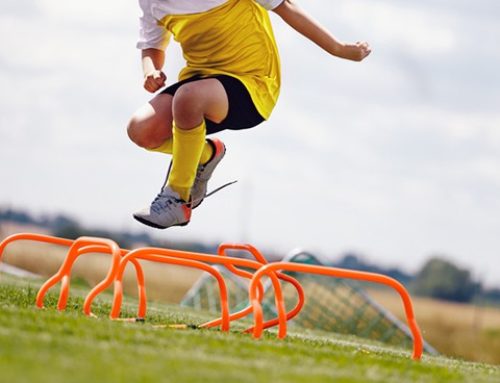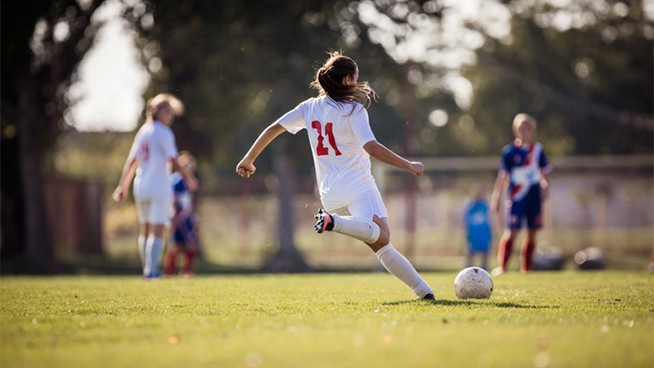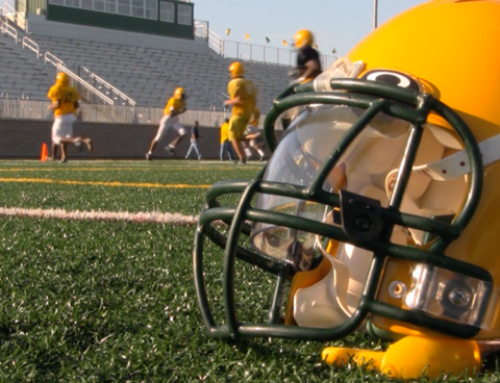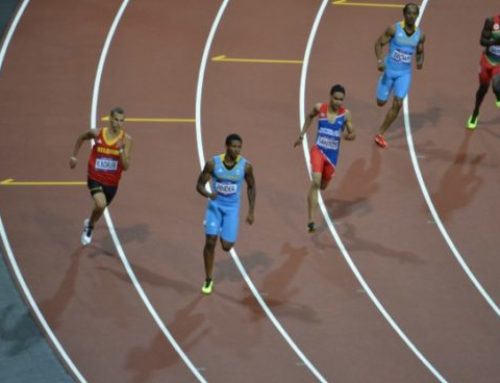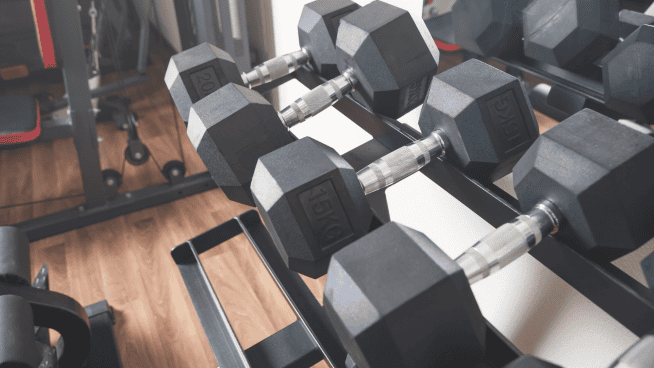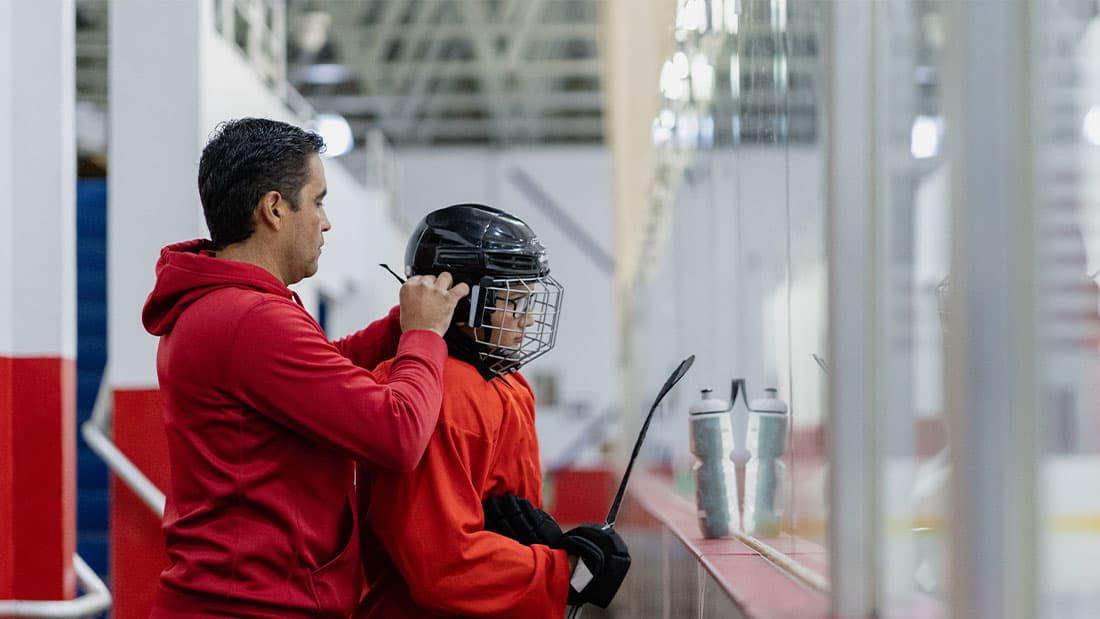Slow Down to Get Faster: The A-March
No area of training is more critical to success in sports than speed. Athletes are always on the lookout for new speed drills. But to reach their maximum velocity, athletes need to become fully aware of their body mechanics during a sprint.
Essentially, I’m saying that to really “get faster,” you need to slow down. A slower approach will help you focus on developing the movement mechanics necessary for greater speed in linear sprinting.
The A-March
The A-March is a dynamic movement drill that emphasizes proper biomechanics during a linear sprint’s acceleration (or drive) phase. It promotes further athletic development and an overall increase in performance. (See also STACK’s Get Faster page for some great Speed Workouts.)
The Muscles Involved
- Hamstrings
- Glutes
- Quads
- Calves
- Plantar/Dorsiflexors
- Hip Flexors/Extendors
- Torso Stability
A-Line March Drill
Since the A-Line March is not overly fatiguing, it is best implemented during a warm-up session. You will start your training with a proper focus on biomechanics and form technique.
[youtube video=”EX9z88KyXPk” /]A-March Progression
- Begin facing forward in neutral stance with your chin and chest up.
- Start by driving the knee of your lead leg up, contracting your hip flexors.
- As you pull your leg up, drive the opposite arm up at 90 degrees; keep your other arm down at 180 degrees.
- Return the heel of your active leg to the ground.
- Perform the same motions with the opposite leg.
- Be consistent with this movement pattern as you continue alternating legs for a prescribed period of time, number of repetitions or distance.
A-March Coaching Points
- For the duration of the drill, cue “chin up, chest up, toe up (dorsiflexed) and heel up over the opposite knee.”
- Make sure your active foot lands no more than a half-foot in front of your support foot.
RECOMMENDED FOR YOU
MOST POPULAR
Slow Down to Get Faster: The A-March
No area of training is more critical to success in sports than speed. Athletes are always on the lookout for new speed drills. But to reach their maximum velocity, athletes need to become fully aware of their body mechanics during a sprint.
Essentially, I’m saying that to really “get faster,” you need to slow down. A slower approach will help you focus on developing the movement mechanics necessary for greater speed in linear sprinting.
The A-March
The A-March is a dynamic movement drill that emphasizes proper biomechanics during a linear sprint’s acceleration (or drive) phase. It promotes further athletic development and an overall increase in performance. (See also STACK’s Get Faster page for some great Speed Workouts.)
The Muscles Involved
- Hamstrings
- Glutes
- Quads
- Calves
- Plantar/Dorsiflexors
- Hip Flexors/Extendors
- Torso Stability
A-Line March Drill
Since the A-Line March is not overly fatiguing, it is best implemented during a warm-up session. You will start your training with a proper focus on biomechanics and form technique.
[youtube video=”EX9z88KyXPk” /]A-March Progression
- Begin facing forward in neutral stance with your chin and chest up.
- Start by driving the knee of your lead leg up, contracting your hip flexors.
- As you pull your leg up, drive the opposite arm up at 90 degrees; keep your other arm down at 180 degrees.
- Return the heel of your active leg to the ground.
- Perform the same motions with the opposite leg.
- Be consistent with this movement pattern as you continue alternating legs for a prescribed period of time, number of repetitions or distance.
A-March Coaching Points
- For the duration of the drill, cue “chin up, chest up, toe up (dorsiflexed) and heel up over the opposite knee.”
- Make sure your active foot lands no more than a half-foot in front of your support foot.


